Disclaimer: This blog post contains affiliate links. If you make a purchase through these links, I may earn a small commission at no additional cost to you. Learn More. Thank you for supporting our garden community.
3 DIY Pea Trellis Ideas That WORK and Increase Your Harvest
Peas are a favorite among vegetable gardeners for their sweet flavour and high yields. However, most pea varieties need support to grow properly, stay off the ground, and produce a bountiful harvest. That’s where a pea trellis comes in! In this guide, we’ll cover everything you need to know about pea trellises, including 3 easy DIY pea trellis ideas you can build at home.
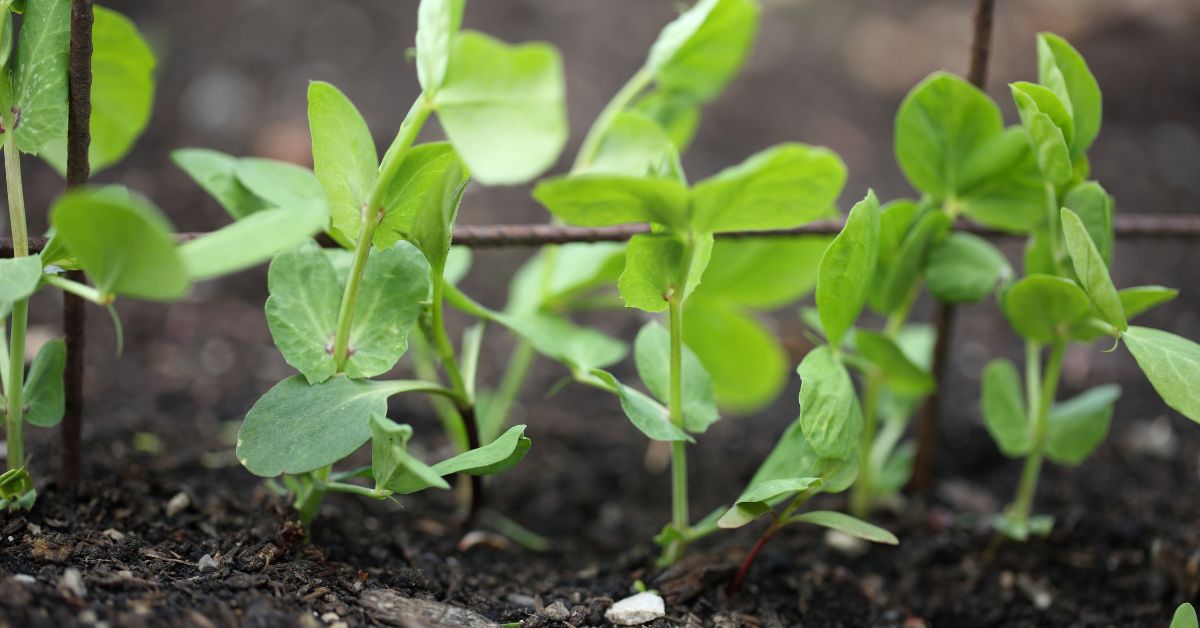
DIY Pea Trellis Ideas That WORK
There’s no reason to go to your local nursery and buy an expensive trellis that just ends up breaking.
It’s so much easier to make a trellis at home with some simple supplies. DIY pea trellises are so easy to make and much more effective in your garden.
You can use these pea trellises for raised garden beds, for pots, or in-ground.
They keep your plants healthier, allow them to grow vertically, and give you a larger harvest.
That being said, let’s get right into the 3 DIY pea trellis ideas that actually work!
Products:
Save 10% on your first Burpee seed order using code BURPEE10
Do Peas Need a Trellis to Climb on?
Similar to pole beans, peas naturally grow vertically. They have tendrils that will attach to a trellis to allow the plants to grow upward, instead of along the ground.
The plant will only grow off the ground if the tendrils have something to grab onto. If they don’t have anything to grab onto, then they just won’t do it.
This vertical growth helps with so many different things for the plants:
- Prevents Disease: By keeping the plants off the ground, it reduces the chances that diseases will spread to the leaves. Certain diseases, like powdery mildew and blight, spread through moisture and humidity. And plants that are close to the ground will naturally be more moist and humid.
- Saves Space: Instead of having peas sprawl across the ground and take up so much horizontal space, we can trellis them vertically and plant more vegetables in our gardens. Growing vertically uses less space.
- Improves Yield: Vertically growing peas makes harvesting much easier. You won’t have to search across the ground to find every last pea.
Learn more: How to Grow Peas from Seed
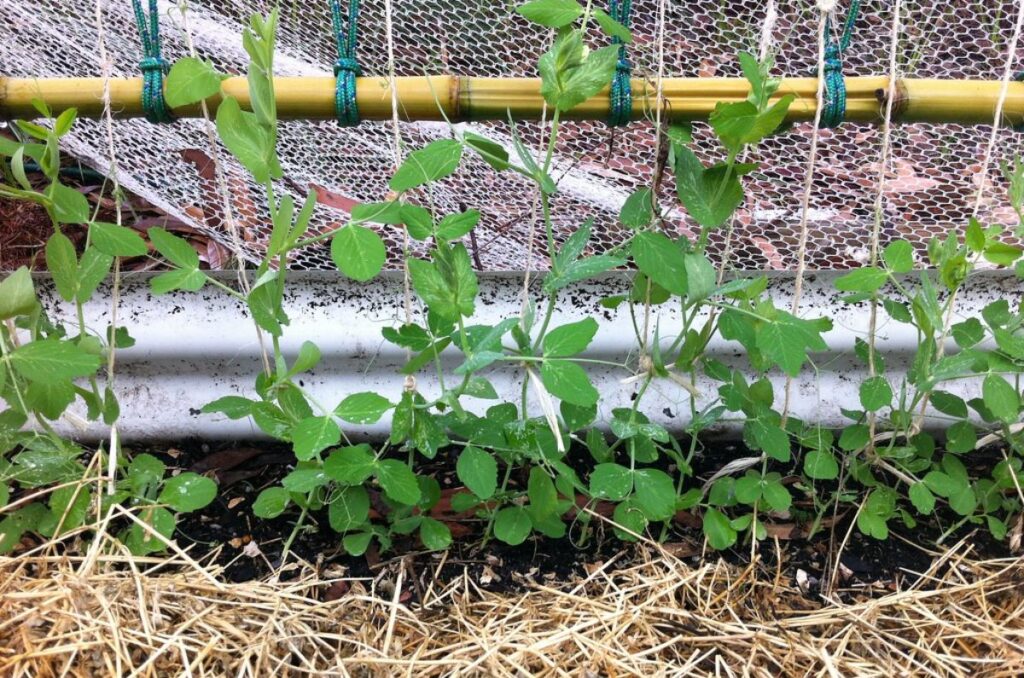
Which Peas Need a Trellis?
Not all pea varieties are the same.
There are two main groups of peas: dwarf peas and climbing peas.
Of course, dwarf peas are more like a bush and only grow to about 1-3 feet. Climbing peas, on the other hand, grow to be about 6-8 feet tall.
That being said, dwarf peas don’t really need a trellis. Maybe a short little structure just in case, but not really.
Because climbing peas grow to 6-8 feet tall, they absolutely need a trellis. 6 feet is taller than most people, so there’s no way they can support themselves.
Those tall vines need some sort of trellis to grow properly and give you a good harvest.
To wrap it up, dwarf peas don’t need a trellis, while climbing peas do need a trellis.
How Tall Should a Pea Trellis Be?
Considering that most climbing peas grow to about 6-8 feet tall, your pea trellis should be at least 6 feet tall.
I don’t think it needs to be as tall as a tomato trellis or bean trellis, especially considering that 6-8 feet is the absolute maximum. They probably won’t even get that tall.
So about 5-6 feet is the best height for a pea trellis.
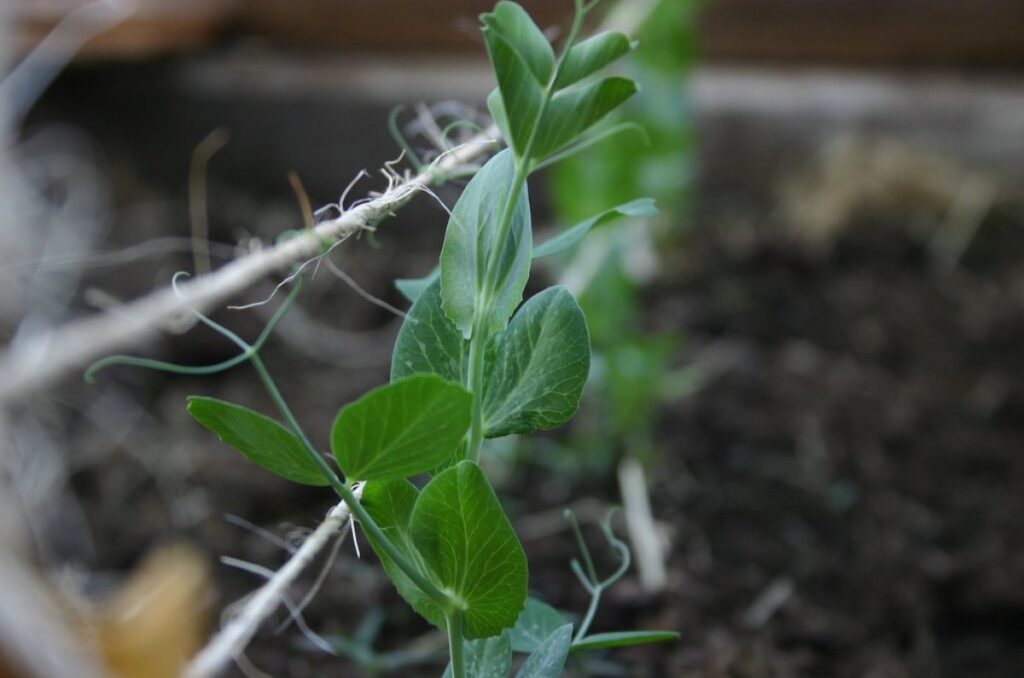
1. String Pea Trellis
This is the simplest and easiest trellis on this list. It also might be the cheapest.
It’s great because it’s customizable and can fit into any size depending on how long you make it.
Here’s how to make it:
- Use 7 foot long stakes and hammer them 1 foot into the ground. You can use wood or bamboo stakes, or whatever you have lying around.
- Each stake should be about 3 feet apart. A smaller trellis might only need 2 stakes, one on each end. But a longer one might have 5 or 6 stakes.
- Tie some twine horizontally between each stake, at intervals of about 3-4 inches.
- Then just guide the pea plants up the trellis as they grow.
Make sure the twine is tied tightly so that it’s not flimsy. If it’s too flimsy, then it won’t provide enough support for your peas.
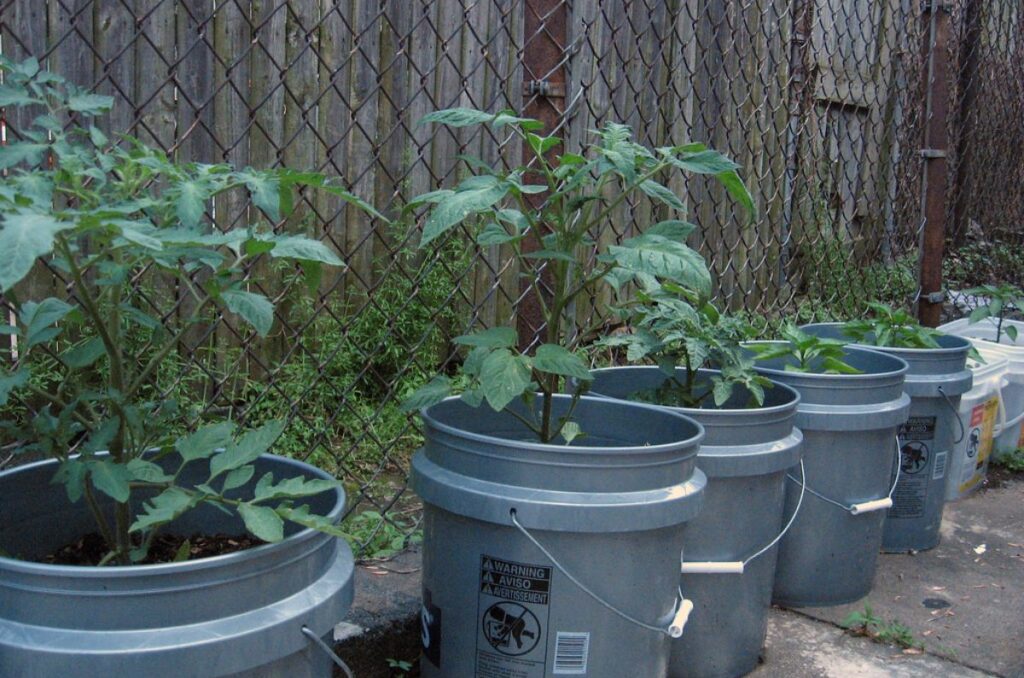
You can use this trellis basically anywhere, even in containers. Just line up all of your containers in one line and then put the trellis behind them to allow the peas to grow.
If you’re using it for raised beds, then just use smaller stakes, or else you won’t be able to reach the peas.
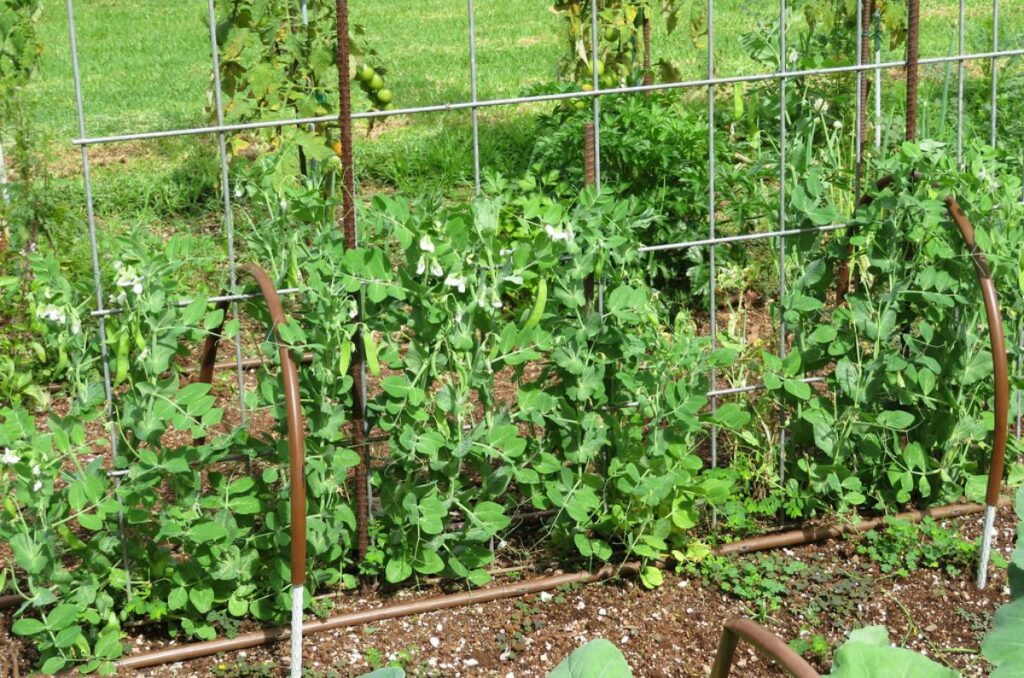
2. Chicken Wire Pea Trellis
This trellis is much more sturdy and is therefore better for large pea patches.
I wouldn’t use this one unless you have many pea plants in a row, like an in-ground bed. This can be easily fitted to allow all these plants to grow on it.
And because it’s so sturdy, it’s great for open fields as well, where the wind might break other trellises.
Here’s how to make it:
- You’ll need 7 foot long wood stakes for this one. Hammer them about 1 foot into the ground.
- Place a stake about every 4 feet along your row of peas.
- Unroll the chicken wire and attach it to all the stakes using a staple gun. This will guarantee that the wire won’t go anywhere.
- Then you just plant your peas at the base and watch them thrive.
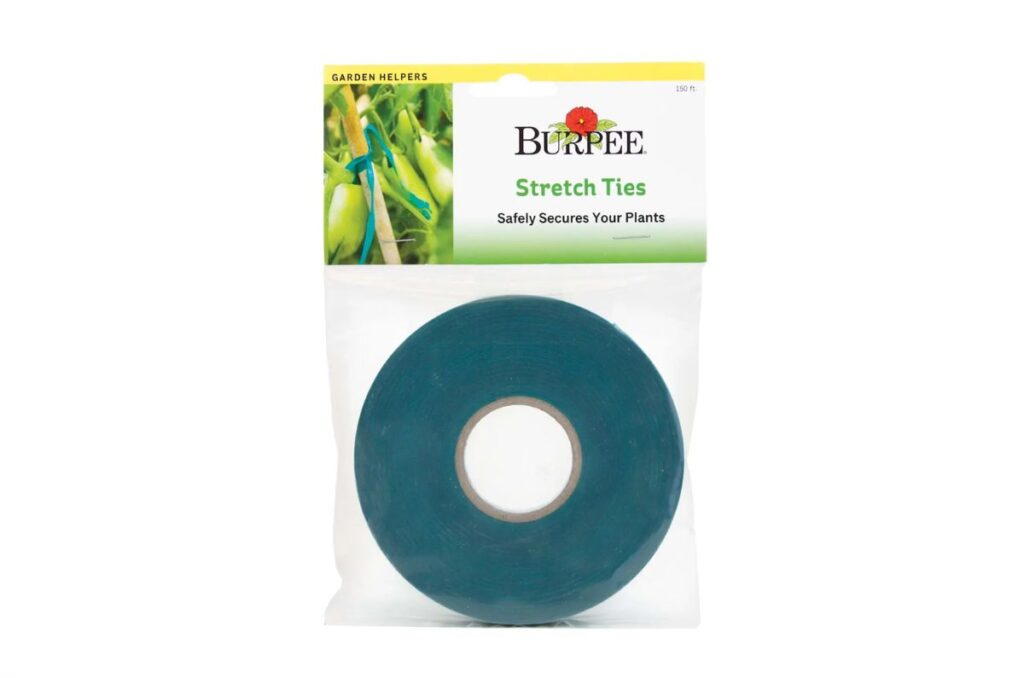
If you don’t have a staple gun, then you can use stretch ties as well. Just make sure you attach them to the chicken wire and around the stake.
Additionally, if you’re worried about the trellis rusting over time, then you can use stainless or galvanized steel chicken wire. Most chicken wire these days is made from galvanized steel anyways, so it probably won’t be a problem.
For extra sturdiness, consider using cattle panel. It’s basically the same thing, it just has larger holes and is generally stronger.
Cattle panel is also good if you want your trellis to last many, many years. You can just leave it out in the winter and it’ll be good to go in the spring for your peas.
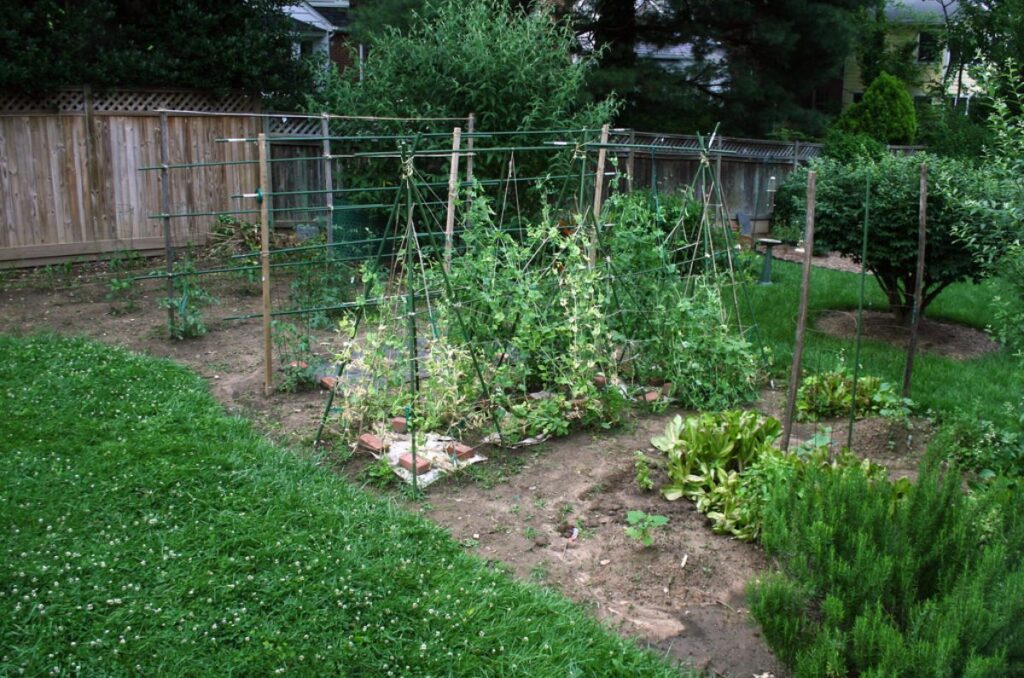
3. A-Frame Pea Trellis
An A-frame trellis is great for saving space in your garden because you can use it in between garden beds.
For example, if you have 2 garden beds right next to each other with a path in between, then you can put this trellis on the path and have peas climb it from both beds.
Here’s how to make it:
- I like to use bamboo stakes for this, but wood or metal work fine as well.
- Make two A’s out of 2 stakes each and tie them together at the top with twine or stretch ties. Make sure that it’s tight enough where they won’t fall apart.
- Place one A on one side of your pea bed, and the other A on the other side. They should be facing each other. If you have a really long section, then you might have to make more A’s to support the centre.
- Attach netting across the A’s to give the peas something to attach themselves to.
- Guide the plants upward and you’ll be good!
This is good for gardeners who have a lot of in-ground beds with pathways in between.
You wouldn’t want to put this trellis directly over your garden bed because then it’ll shade the rest of the space. You won’t be able to plant anything there.
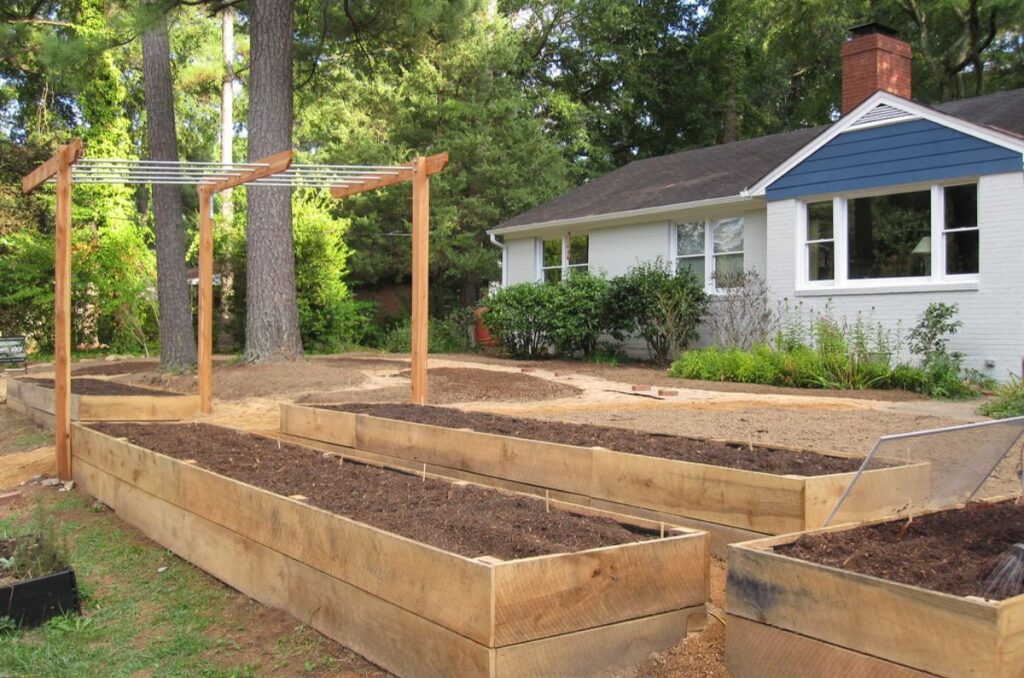
So have it propped up above your pathways and you’ll save so much space.
This idea also works for a pea trellis arch, if you have one of those.
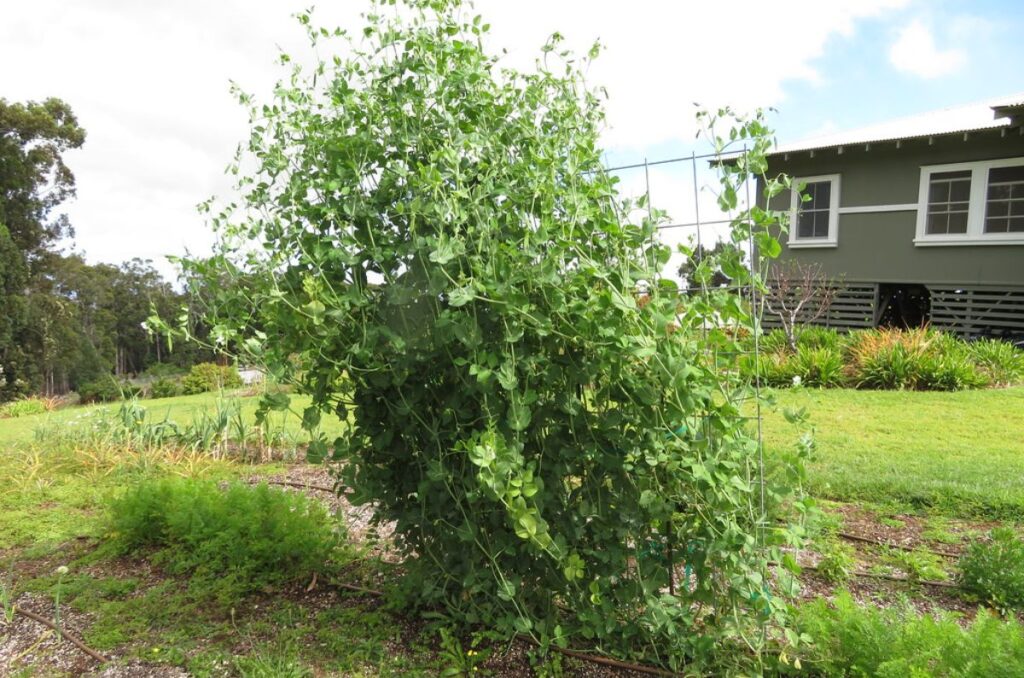
How to Trellis Pea Plants
One of the most common complaints that I hear with pea trellises is that they just don’t attach themselves. Sometimes they’ll even start to grow away from the trellis.
Doesn’t that defeat the whole purpose of using a trellis?
I think peas do this because we typically plant them really close together, which is ok for peas. But then they start to grow really close together.
When they grow this close, they start to attach to each other, not the trellis. At this point, it’s like they’re hugging each other and will start to collectively grow away from the trellis.
You can avoid this by simply tying each pea plant to the trellis when they’re young.
It might be tedious to tie every single plant, but they really only need it one time. After you get them started, they’ll attach themselves naturally to the trellis.
Frequently Asked Questions
The spaces between the interspaced rods on a tomato cage are too large for peas to climb it. They won’t be able to grab onto the rods to properly attach themselves and they’ll grow away from the cage. And tomato cages are usually only 3-4 feet tall anyways.
Sugar snap peas are climbing pea varieties that produce tall plants (6-8 feet tall). These need to be trellised in order to produce a good crop.
A chain-link fence is a perfect pea trellis. However, peas cannot grow on a wooden fence. But it’s a great spot to attach a trellis to allow the peas to grow.
For some reason, this has become a really popular pea trellis method. I personally don’t understand it, but I guess it’s possible to use tree branches to make a pea trellis. But I’d rather use proper stakes and netting or cattle panel.
Even More Gardening Ideas
Here are a few more posts to get the ball rolling in your garden!
- How to Grow Broccoli the RIGHT Way (What People Get Wrong)
- 5 Easy Tomato Trellis Ideas for ANY Garden
- Compost vs. Manure: Which One’s Better for Your Garden?
If you liked this article, make sure to share it with your friends and family members who are also looking to sharpen their gardening skills. Also, consider signing up for our email newsletter; don’t worry, we won’t send you spam, just fresh gardening ideas every week!
If you want to learn more about vegetable gardening, make sure to check out what I’m doing on Facebook, YouTube, and Pinterest.
Pin this post for later:
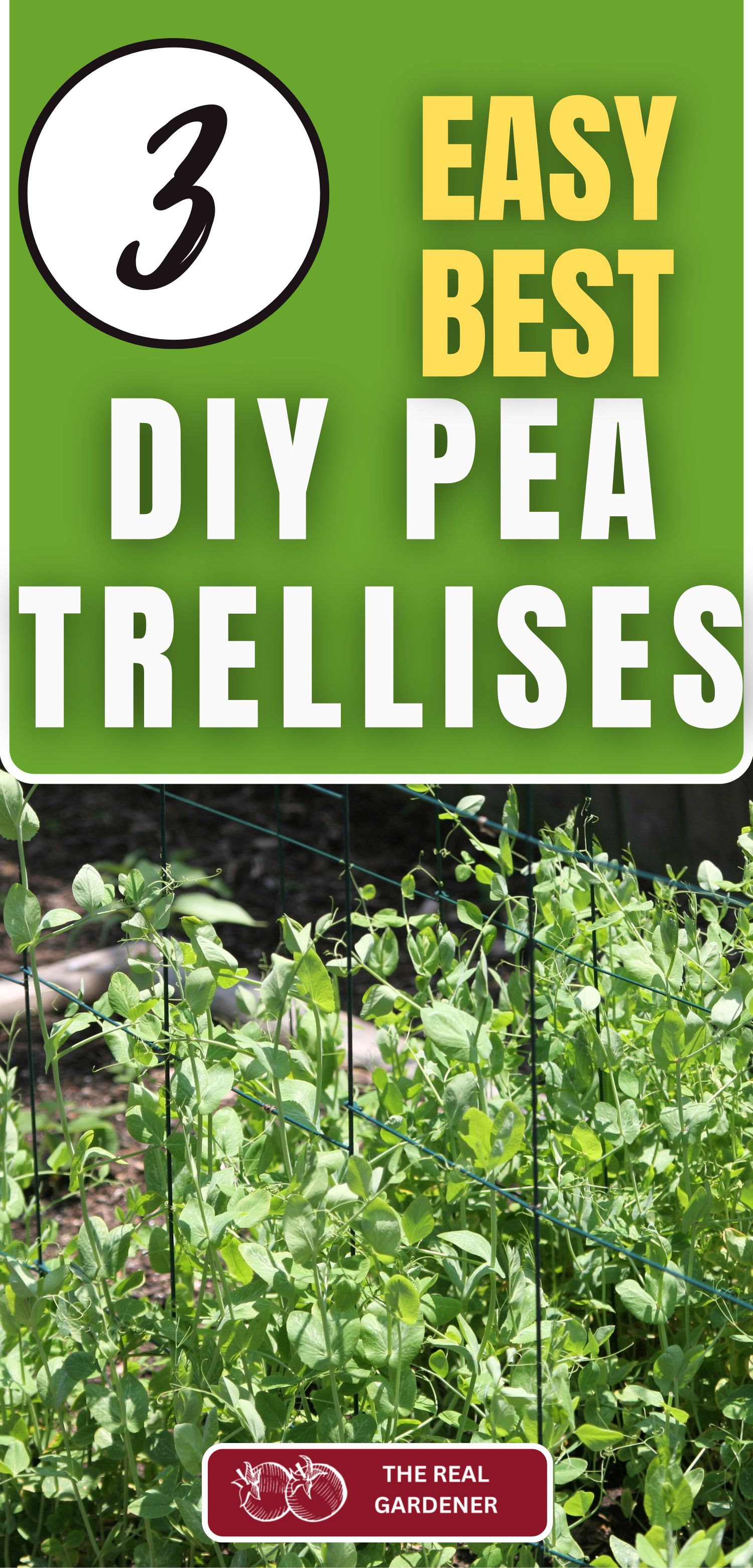

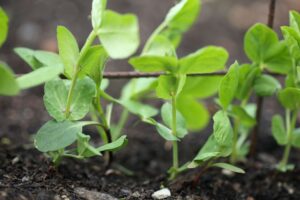
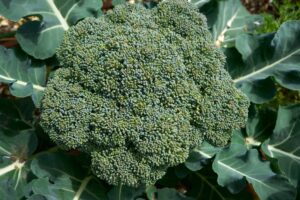
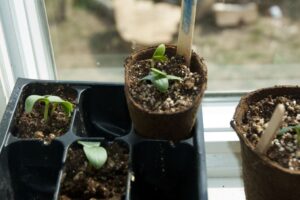
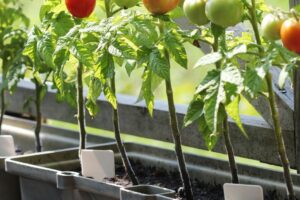

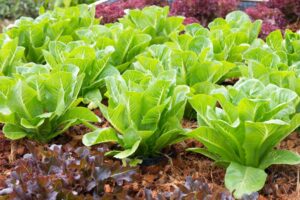
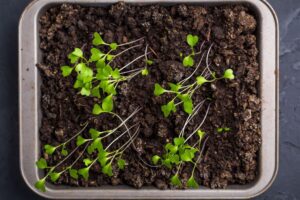
Leave a Reply